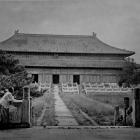On the night of April 30, 1541, the Ming Ancestral Temple in Beijing was struck by lightning and burned to the ground. In addition to representing a bad omen, the fires forced the Jiajing Emperor to resurrect one of the dynasty’s most expensive, difficult, and destructive projects: the logging of old-growth timber in the far southwest of China. Disaster struck again in 1556, when fires burned the Three Halls that form the central axis of the Forbidden City. The Three Halls burned yet again in 1584. Through the end of the sixteenth century, repeated damage to the imperial palaces forced reconstruction. Yet the lightning strikes in Beijing were also a disaster for the old-growth forests of the southwest, where the logs to build the palaces had first been cut in the early 1400s. As logging supervisors soon learned, ancient trees could not be felled on a regular basis. Officials pressed ever deeper into the gorges of southern Sichuan and northern Guizhou to find them, bringing massive transformations to the environment in the process.

Fig. 1. The Forbidden City as seen from a balloon, c. 1900–1901. Image from La Chine à Terre et en Ballon. The Three Halls form the central aisle of the palace complex. The palaces retain much of the Yongle-era layout but have been reconstructed and expanded multiple times.
Fig. 1. The Forbidden City as seen from a balloon, c. 1900–1901. Image from La Chine à Terre et en Ballon. The Three Halls form the central aisle of the palace complex. The palaces retain much of the Yongle-era layout but have been reconstructed and expanded multiple times.
Unknown photographer, n.d.
Accessed via Wikimedia on 14 October 2020. Click here to view source.
Originally published in La Chine a Terre et en Ballon (Paris: Berger-Levrault & Cie, 1902.
 This work is licensed under a Creative Commons Public Domain Mark 1.0 License.
This work is licensed under a Creative Commons Public Domain Mark 1.0 License.
The foundations of Beijing were laid between 1406 and 1421 by the Yongle emperor, a junior son of the Ming founder, who moved the court to his personal appanage in north China. While previous dynasties had built capitals on the site, Beijing was essentially a tent city before Yongle rebuilt it on a massive scale (Figure 1). Grasping the sinews of power that connected his court to far-flung regions of the empire, Yongle pulled one million laborers to Beijing to build his palaces. Because the weight of Chinese buildings is carried by their pillar-and-beam frameworks (liangzhu), monumental buildings required monumental trees (Figure 2). So Yongle also dispatched a similarly large labor force to the old-growth forests of the far southwest to cut the fir (Cunninghamia lanceolata) and nanmu (Phoebe zhennan) that grew straight and tall enough to be used for imperial construction. We cannot be certain just how many logs were cut to build Beijing, but the figure must have been astounding. In 1441, two decades after the completion of the project, 380,000 large timbers were left over from the earlier construction. By 1500, these too were gone, used for repairs or too damaged by rot to be used for construction purposes.
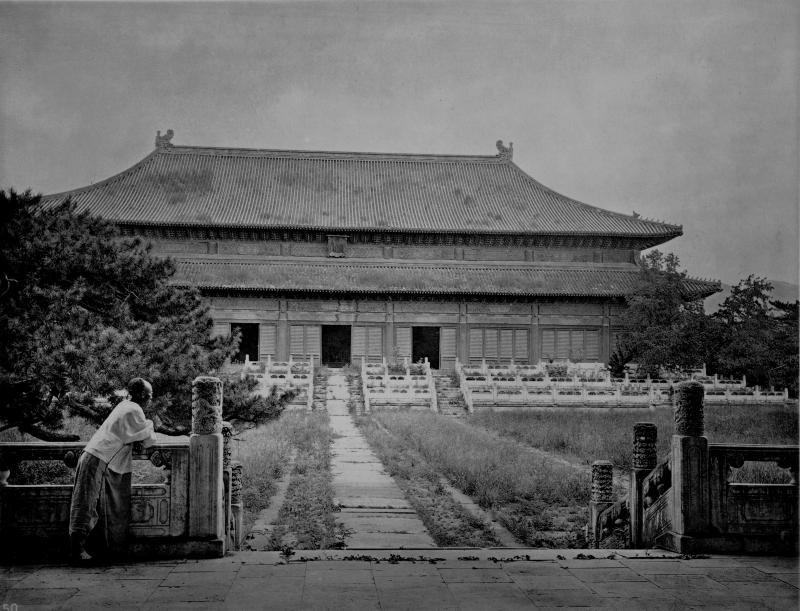
Fig. 2. Sacrificial hall at the tomb of Ming Emperor Yongle, one of the few remaining constructions from the early Ming.
Fig. 2. Sacrificial hall at the tomb of Ming Emperor Yongle, one of the few remaining constructions from the early Ming.
Photograph by John Tomson (1837–1921), 1898.
Accessed via Wikimedia on 14 October 2020. Click here to view source.
 This work is licensed under a Creative Commons Public Domain Mark 1.0 License.
This work is licensed under a Creative Commons Public Domain Mark 1.0 License.
In the sixteenth century, logging officials wondered how their predecessors had been able to obtain so many giant timbers. Li Xianqing, who supervised more than 40 logging sites in the 1540s, noted that large trees could still be found, but they could only be transported out with great difficulty and at great expense. The majority had to be discarded as hollow or insect-damaged. Even when a quality log was found, it took five hundred workers to tow a log over mountain passes. Skilled craftsmen were on hand to build “flying bridges” (fei qiao), stone-lined slip roads, and enormous capstans (tianche) to tow the logs up slopes (Figures 3 and 4). In the remote forests of the southwest, loggers faced attacks by snakes, tigers, and “barbarians” (manyi); “miasmatic vapors” (yanzhang, probably malaria); storms, forest fires, rockslides, and raging rivers (Figure 5). Labor teams had to carry their own food and often starved. At the rivers, logs were tied into massive rafts bound with bamboo for buoyancy, towed by teams of 40 men, and then launched on the three-year, three-thousand-kilometer journey to Beijing (Figure 6). Only a small fraction of the trees reached the capital in a condition where they could be used for palace building. Expeditions exceeded their budgets up to fiftyfold. One official remarked, “the labor force numbers in the thousands; the days number in the hundreds; the supply costs number in the tens of thousands each year.” Another saying held that “one thousand enter the mountains, but only five hundred leave” (rushan yiqian chu shan wubai).
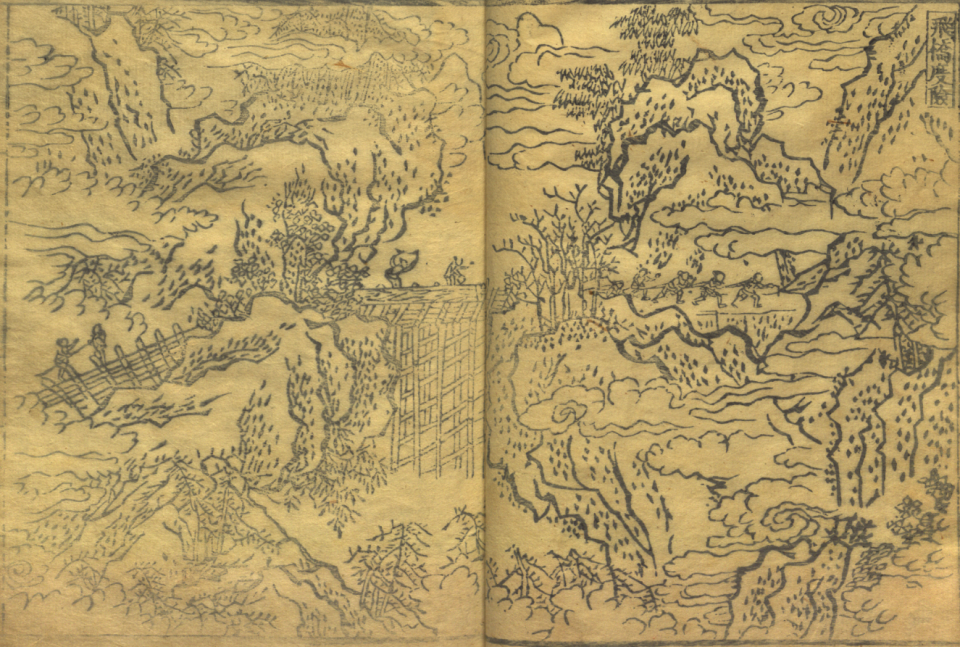
Fig. 3. Woodcut of a “flying bridge” built across a chasm to transport logs. From Gong Hui’s Essays on Timber Rafting in the Western Regions (Xi cha huicao).
Fig. 3. Woodcut of a “flying bridge” built across a chasm to transport logs. From Gong Hui’s Essays on Timber Rafting in the Western Regions (Xi cha huicao).
Unknown artist, c. 1533.
Courtesy of the Library of Congress.
Accessed via World Digital Library on 10 october 2020. Click here to view source.
 This work is licensed under a Creative Commons Public Domain Mark 1.0 License.
This work is licensed under a Creative Commons Public Domain Mark 1.0 License.
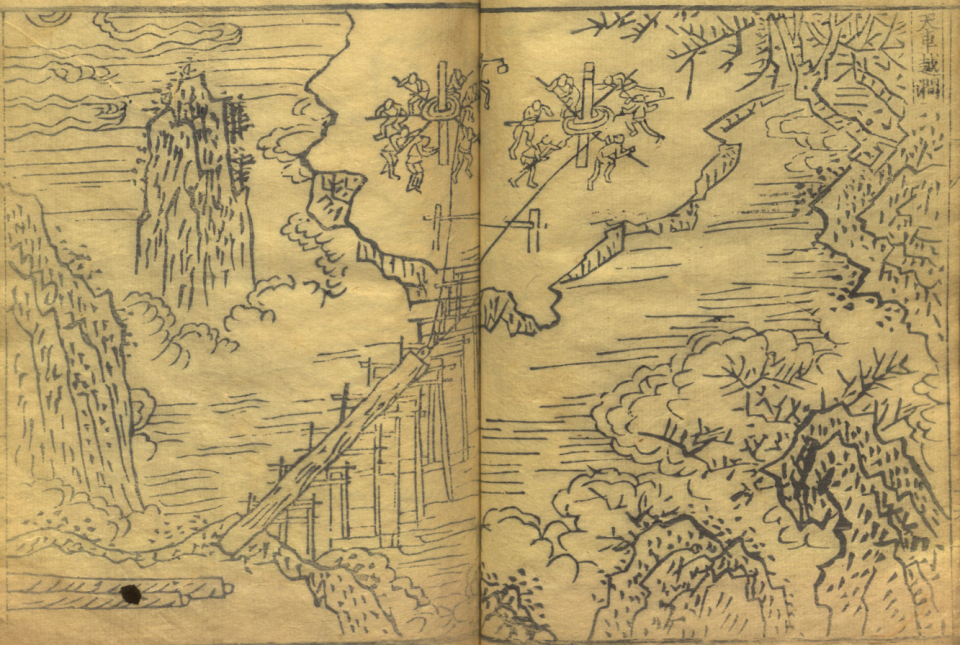
Fig. 4. Woodcut of a capstan built across a chasm to transport logs.
Fig. 4. Woodcut of a capstan built across a chasm to transport logs.
Unknown artist, c. 1533.
Courtesy of the Library of Congress.
Accessed via World Digital Library on 10 october 2020. Click here to view source.
 This work is licensed under a Creative Commons Public Domain Mark 1.0 License.
This work is licensed under a Creative Commons Public Domain Mark 1.0 License.
To make matters worse, logging mostly occurred within territory that was under only loose Ming control, the southwestern borderlands where local potentates were appointed as “native officials” (tusi) to rule over regions where non-Han peoples predominated—regions that also happened to have the largest remaining stands of old-growth forest. Native officials deployed their subjects to cut timber, which they could present to court in exchange for higher rank and regalia, including the coveted four-clawed-dragon robe (mang yi) that denoted a rank equivalent to an imperial prince. But in the 1550s, and again in the 1580s, warfare broke out among native officials competing to supply the court with increasingly scarce timber. By then the bounty and majesty of the ancient forests had been destroyed.
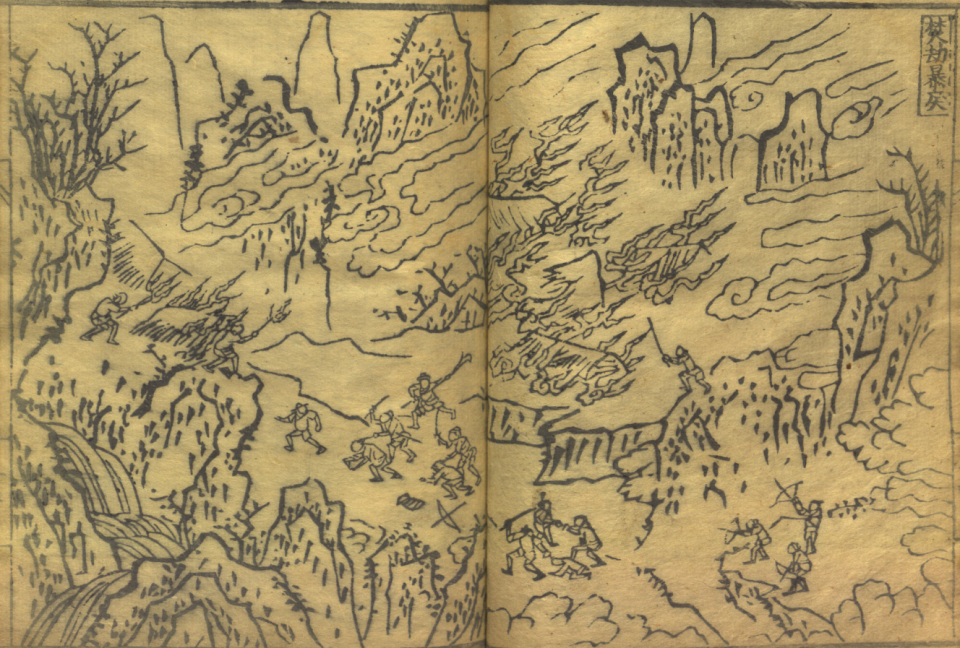
Woodcut showing violent attack on logging workers.
Woodcut showing violent attack on logging workers.
Unknown artist, c. 1533.
Courtesy of the Library of Congress.
Accessed via World Digital Library on 10 october 2020. Click here to view source.
 This work is licensed under a Creative Commons Public Domain Mark 1.0 License.
This work is licensed under a Creative Commons Public Domain Mark 1.0 License.

1579 map of the Ming empire annotated to show the location of Beijing (yellow square) and the main logging region (blue ellipse)
1579 map of the Ming empire annotated to show the location of Beijing (yellow square) and the main logging region (blue ellipse)
Map by Luo Hongxian, c. 1579.
Courtesy of the National Center Library, Taiwan.
Accessed via World Digital Library on 10 october 2020. Click here to view source.
 This work is licensed under a Creative Commons Public Domain Mark 1.0 License.
This work is licensed under a Creative Commons Public Domain Mark 1.0 License.
The Yongle Palaces were said to replicate the otherworldly atmosphere of the old-growth forests where their pillars originated. The presence of these timbers in Beijing linked the capital, materially and symbolically, to the southwestern landscape of cliffs and gorges where the trees had grown. But ancient sentinel trees could not be reproduced on demand. The fifteenth-century logging project was a millennial event, removing the growth of hundreds or even thousands of years. Later officials were forced to come to terms with the transformations their predecessors had wrought in the ancient forests. Eventually builders had to switch to smaller, commercially available timber, using ornate artisanship and commercial efficiency to substitute for the austere majesty of the early Ming palaces, and the thousands of years of tree growth on which they rested.
How to cite
Miller, Ian M. “The Distant Roots of Beijing’s Palaces.” Environment & Society Portal, Arcadia (Autumn 2020), no. 39. Rachel Carson Center for Environment and Society. https://doi.org/10.5282/rcc/9133.
ISSN 2199-3408
Environment & Society Portal, Arcadia
 This work is licensed under a Creative Commons Attribution 4.0 International License.
This work is licensed under a Creative Commons Attribution 4.0 International License.
2020 Ian M. Miller
This refers only to the text and does not include any image rights.
Please click on the images to view their individual rights status.
- Miller, Ian M. Fir and Empire: The Transformation of Forests in Early Modern China. Seattle: University of Washington Press, 2020.
- Campbell, Aurelia. What the Emperor Built: Architecture and Empire in the Early Ming. Seattle: University of Washington Press, 2020.
- Menzies, Nicholas K. Forest and Land Management in Imperial China. London: Palgrave Macmillan, 1994.
- Lan, Yong. “Ming Qing Shiqi de Huangmu Caiban [Imperial logging requisitions in the Ming-Qing Era].” Lishi Yanjiu 6 (1994): 86–98.



